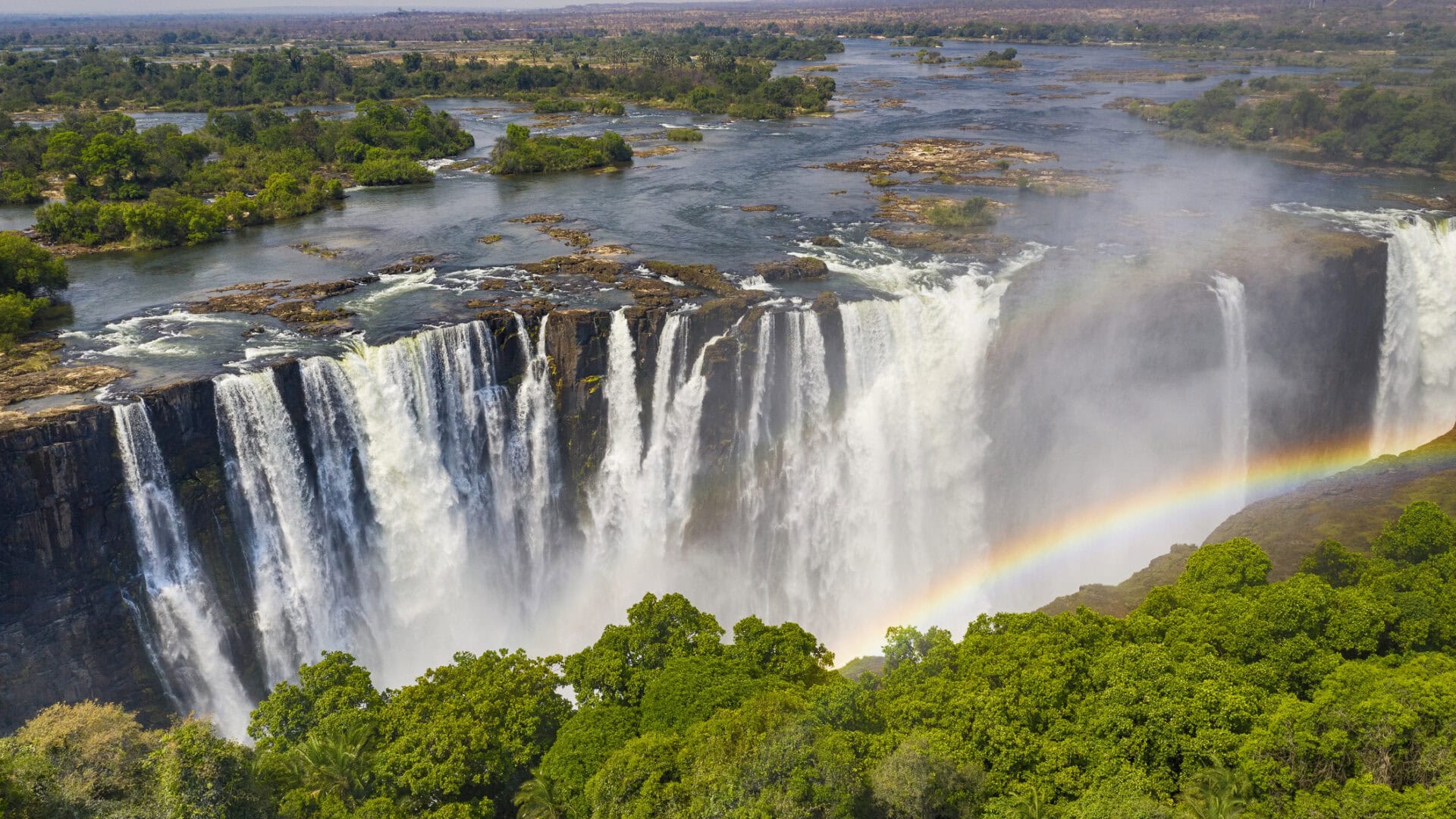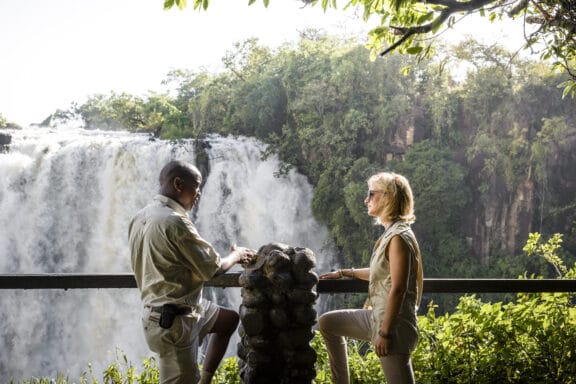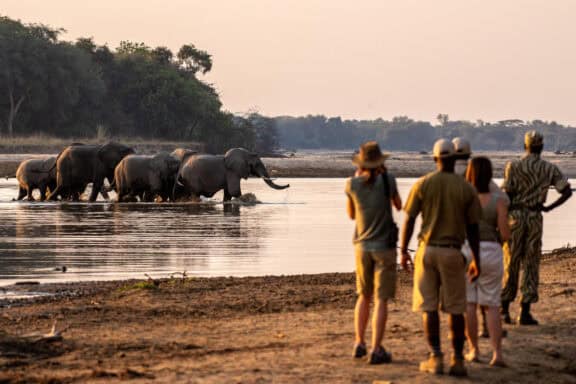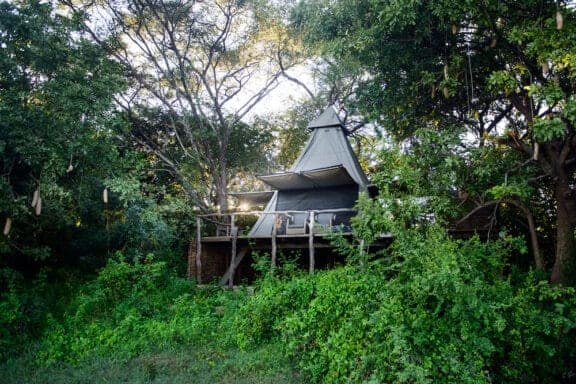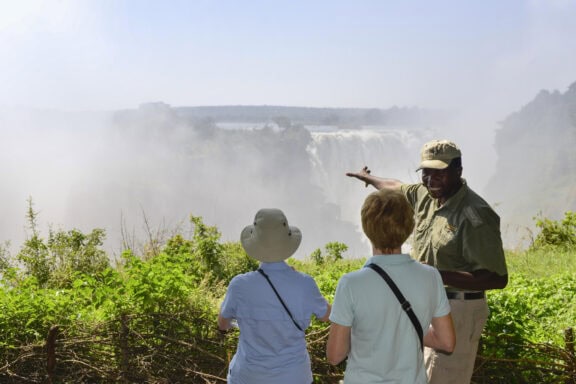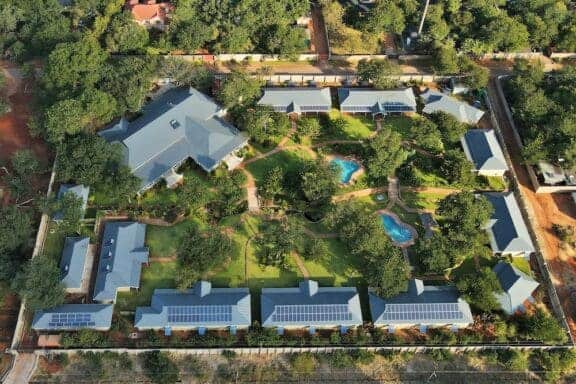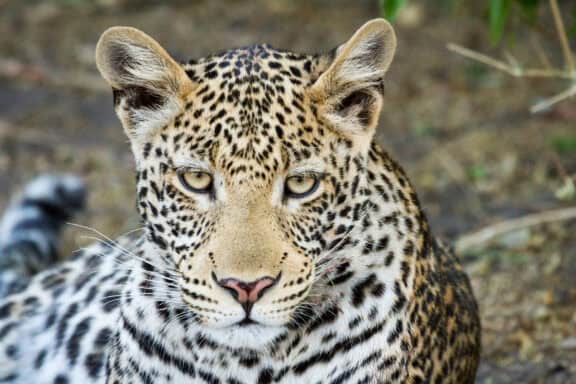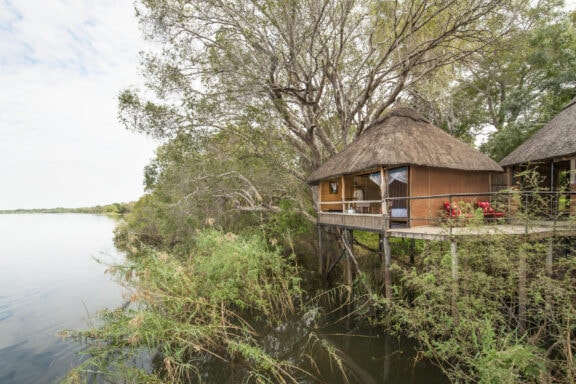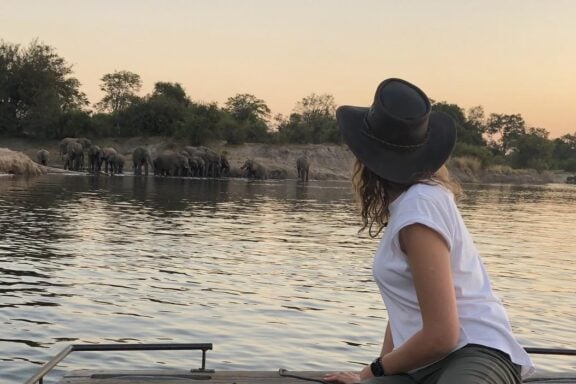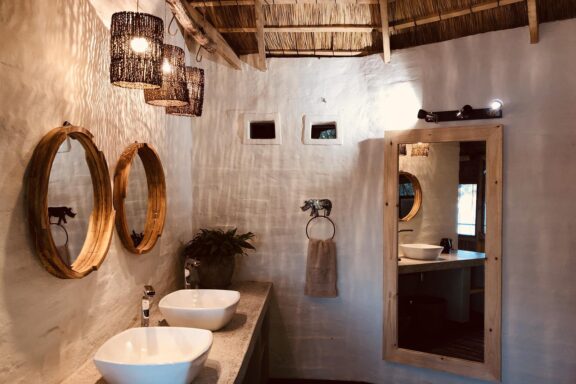Also known as the “Smoke That Thunders”, Victoria Falls is one of the Seven Natural Wonders of the World, coming in at 1,708 m (5,604 ft) wide and 108 m (354 ft) high. It’s one of Zimbabwe’s main draw cards for its awe-inspiring views, adventure activities, and luxury accommodations.
Must-Visit Areas at Victoria Falls
Take on rainforest walking trails to see incredible views of the waterfall, and look over the edge of the falls for another jaw-dropping sight:
Victoria Falls Rainforest: Vibrant Walking Trails
Victoria Falls Rainforest is located opposite the Main Falls. Quenched by the constant spray of the waterfall, this rainforest features dense woodland vegetation, walking trails, and viewpoints offering sweeping vistas. Animals that call this forest home include baboons, vervet monkeys, mongooses, and bushbucks.
Cataract Island Pools: A Natural Infinity Pool
Situated on the edge of the Victoria Falls, you can swim right up to the edge to gaze down at the crashing falls below. Not up for swimming? No problem, Cataract Island Pools is still worth the visit for the awe-inspiring views, unique geology, and photographic opportunities.
When’s the Best Time to Visit Victoria Falls?
During the rainy season between November and February, the falls have time to fill up, making March to May the best time to visit for peak water flow. You can only swim in Devil’s Pool during lower water levels, which happen between mid-August and December.
Wildlife Found Around Victoria Falls
Birders can look out for hornbills, fork-tailed drongos, African paradise flycatchers, and goliath herons while on birdwatching safaris around Victoria Falls. Luxury safari lodges in the area are sometimes visited by warthogs, zebras, and giraffes that feast on their lawns. At Zimbabwe’s Zambezi National Park, you can see four of the Big Five, with just rhinos absent.
How to Get to Victoria Falls
Victoria Falls has its own international airport, which welcomes direct flights from major regional hubs. Zambia, South Africa, Botswana, Namibia, and Mozambique can easily be accessed via this airport, making Victoria Falls an ideal stop during a multi-destination African safari.









